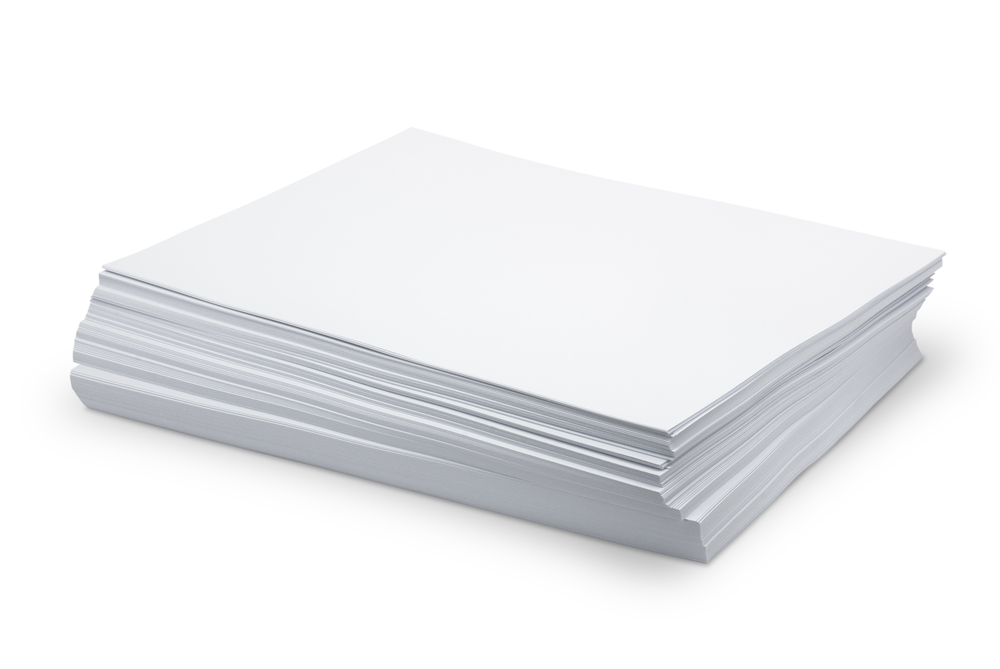When it comes to office equipment, laser printers are often lauded for their efficiency, speed, and high-quality output. However, one crucial aspect that many users overlook is the life expectancy of these machines. Understanding the lifespan of a laser printer not only helps in budgeting for replacements but also aids in making informed decisions about maintenance and usage. In this article, we will delve into the factors that influence the life expectancy of laser printers, typical lifespan expectations, and practical tips for extending their operational life.
What is the Average Life Expectancy of a Laser Printer?
The average life expectancy of a laser printer typically ranges from 3 to 5 years, depending on various factors such as usage, maintenance, and the specific model. High-end commercial models may last longer, often exceeding 7 years, while entry-level models may need replacement sooner. The longevity of a laser printer is often measured in terms of the number of pages it can print before requiring significant repairs or replacement. Most laser printers are rated for a monthly duty cycle, which indicates the maximum number of pages they can handle in a month without compromising performance.
Factors Influencing the Lifespan of Laser Printers
- Usage Patterns: The frequency and volume of printing play a significant role in determining a laser printer's lifespan. Printers that are used heavily, such as in busy offices, may experience wear and tear more quickly than those used sporadically. Understanding your printing needs can help you choose a printer that aligns with your usage patterns.
- Quality of Components: The quality of the printer's components, including the drum, toner cartridges, and fuser, directly impacts its longevity. Higher-quality components tend to last longer and require less frequent replacement. Investing in reputable brands can lead to better long-term performance.
- Maintenance Practices: Regular maintenance is crucial for extending the life of a laser printer. This includes routine cleaning, timely replacement of consumables, and addressing minor issues before they escalate. Neglecting maintenance can lead to more significant problems, reducing the printer's lifespan.
- Environmental Factors: The environment in which a laser printer operates can also affect its longevity. Factors such as temperature, humidity, and dust levels can impact performance. Keeping the printer in a controlled environment can help mitigate these risks.
- Technology Advancements: As technology evolves, newer models often come equipped with features that enhance efficiency and durability. Older models may not be able to keep up with modern demands, leading to a shorter lifespan. Staying informed about advancements in laser printing technology can guide your purchasing decisions.
Tips for Extending the Life of Your Laser Printer
- Regular Cleaning: Dust and debris can accumulate inside the printer, leading to jams and other issues. Regularly cleaning the printer, including the interior and exterior, can help maintain optimal performance.
- Use Quality Supplies: Always use high-quality toner cartridges and replacement parts that are compatible with your printer model. Generic or low-quality supplies may save money in the short term but can lead to more significant issues down the line.
- Monitor Usage: Keep track of your printing volume and adjust your usage accordingly. If you find that your printer is consistently operating at or near its duty cycle, it may be time to consider an upgrade.
- Professional Servicing: Consider scheduling regular professional maintenance checks, especially for high-volume printers. Technicians can identify potential issues before they become serious problems, ensuring the printer runs smoothly.
- Stay Updated: Keep your printer's firmware and drivers updated. Manufacturers often release updates that can improve performance and fix bugs, contributing to the printer's overall longevity.
Conclusion
In conclusion, the life expectancy of a laser printer is influenced by a multitude of factors, including usage patterns, component quality, maintenance practices, environmental conditions, and technological advancements. By understanding these factors and implementing best practices for maintenance, users can significantly extend the operational life of their laser printers. Investing in a quality printer and taking proactive steps to care for it can lead to improved performance and a better return on investment over time. As technology continues to evolve, staying informed and adaptable will ensure that your printing needs are met efficiently and effectively.


